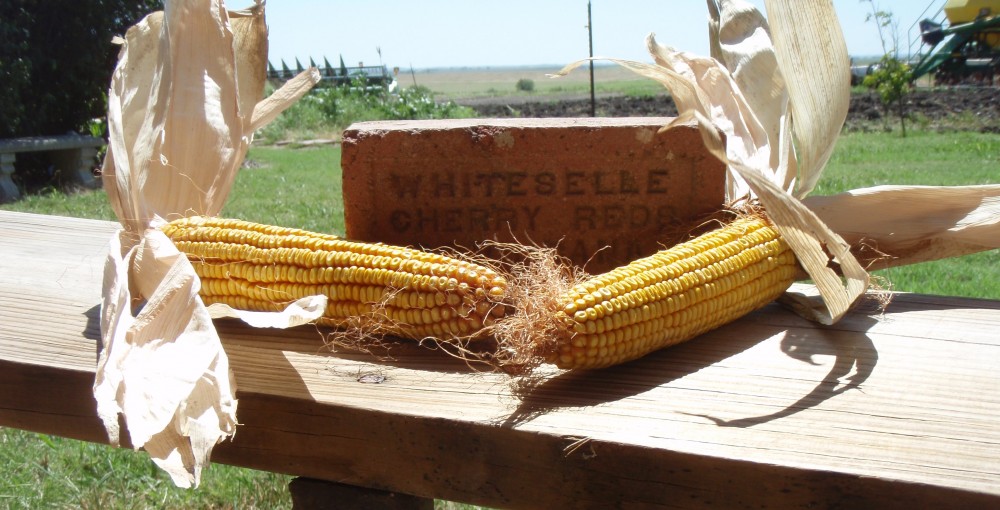On May 22, 1980, the arcade game called “Pac-Man” was first released in Japan. At a trade show prior to its release, marketing executives who saw the game laughed and said, “Who will play a game with a yellow hero shaped like a pizza with one slice missing eating dots in a maze being chased by four cute little colorful ghosts named Blinky, Pinky, Inky and Clyde?” They put their money on a new racing game called “Rally-X.” The racing game crashed, and Pac-Man gobbled up the video arcade market.
Gobble, Gobble — eat, eat — Pak Pak. In Japan, “paku paku” is the onomatopoeic slang phrase for the mouth opening and closing in the simulated act of eating, as if to tell your friend, “I’m hungry, let’s get a pizza.” And, boy (and girl), that little yellow guy was hungry. In fact, the Pac-Man character was not only designed to look like a piece of pizza from which someone has just grabbed a slice, he was designed to resemble the Japanese character for the mouth that was getting ready to chomp that pizza piece. Why mouth and pizza for a gaming hero in what had been a land of race cars, space invaders, asteroids and ping-pong? Why indeed?
Let’s get back to the girls. Before Pac-Man, the video arcades were filled with male players. Holding his nose in that sea of sweating T-shirts and old sneakers, our thoughtful game designer looked around and said, “We need some young ladies in here . . . and some perfume.” He ran back to the game-design house and grabbed eight other designers. They huddled together with their heads down in a circle talking. “How about a fashion game?” “No.” “How about a love story game?” “No.” I give up, what? What does everyone like to do, boys and girls? “How about an eating game?” “Yes, Yes, Yes, Yes, Yes, Yes, Yes, Yes and Yes!!!!!!!!!”
A year later, that gang of designers emerged with the first “Puck Man” cabinet and carried it down in a parade to the nearest Japanese arcade. The guys liked it. Outside in the fresh air, the girls looked through the smudged glass, saw that handsome yellow fella being being chased by those four cute ghosts and said, “That’s so adorable and it looks like fun.” Those girls walked right in, politely moved the boys aside and started playing. In shock, the guys stood with their mouths open looking like Pac-Man in old jeans and sneakers. The girls laughed, pulled them over and they all started taking turns, having fun and thinking it’s about time we all went out for a pizza together.
Yes, that first arcade cabinet was named “Puck Man” (couldn’t quite break away from the crazed pong sports phase), but when the girls started playing and saw the resemblance of that little guy to those startled boys with their mouths hanging open, the designers (who were watching all this with big smiles, including the shared pizza meal afterwards) quickly changed the name to “Pac-Man” (we’re committed to this eating thing now), put 100,000 of those Pac-Man arcade cabinets on a boat to America and opened up a big bank account.
By the end of 1980, Pac-Man has eaten more than $1 billion U.S. dollars in quarters. By the end of 1982, an estimated 7 billion coins had been inserted into Pac-Man machines. By the end of the 20th Century, Pac-Man was the highest grossing and most influential video game of all time. Pac-Man had become the first original gaming mascot with a world-wide following of boys and girls who remember the first time they played the game together and the first time they shared a pizza afterwards.
Civilization had found its way to the video arcade and the world of gaming has been much more attractive ever since.
Today, much has changed. You don’t have to go to a video arcade. You can play Pac-Man pretty much anywhere. One constant has remained. After Pac-Man escapes those friendly ghosts and has gobbled up all those pac-dot, you and your friend will be hungry. It’s time to share a pizza at the local Italian pie shop.
Mangiare bene,
Grandpa Jim
Note to Readers: The new story, “Hiroshima,” is now under the “Mary and Other Stories” tab. Just click, scroll down to “Hiroshima,” click and read.
